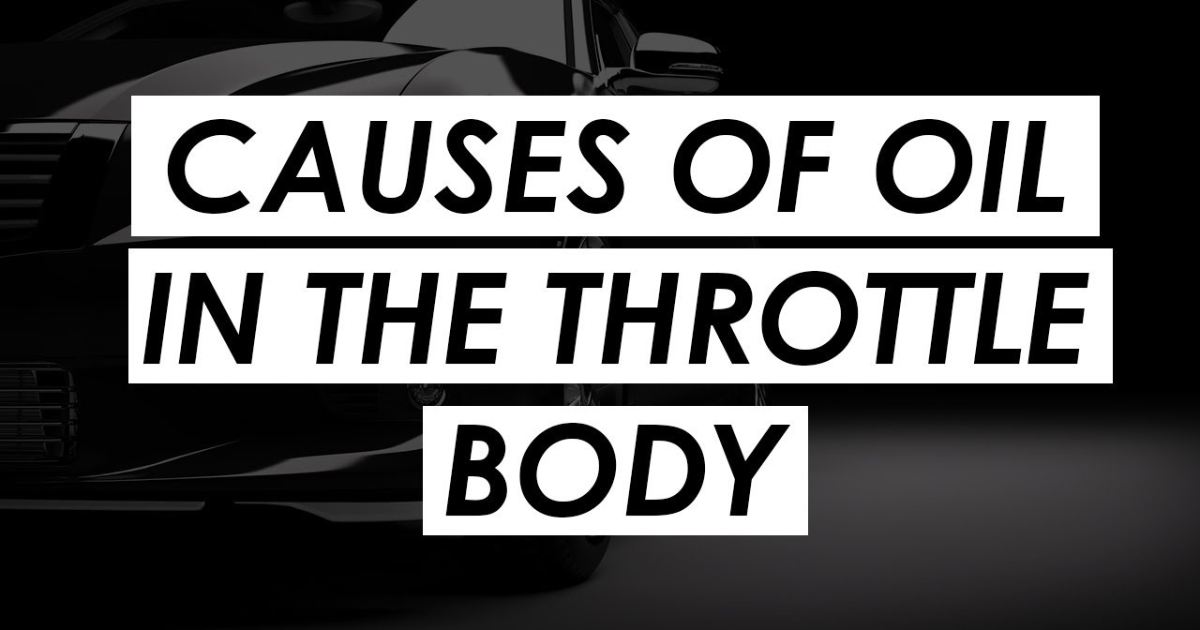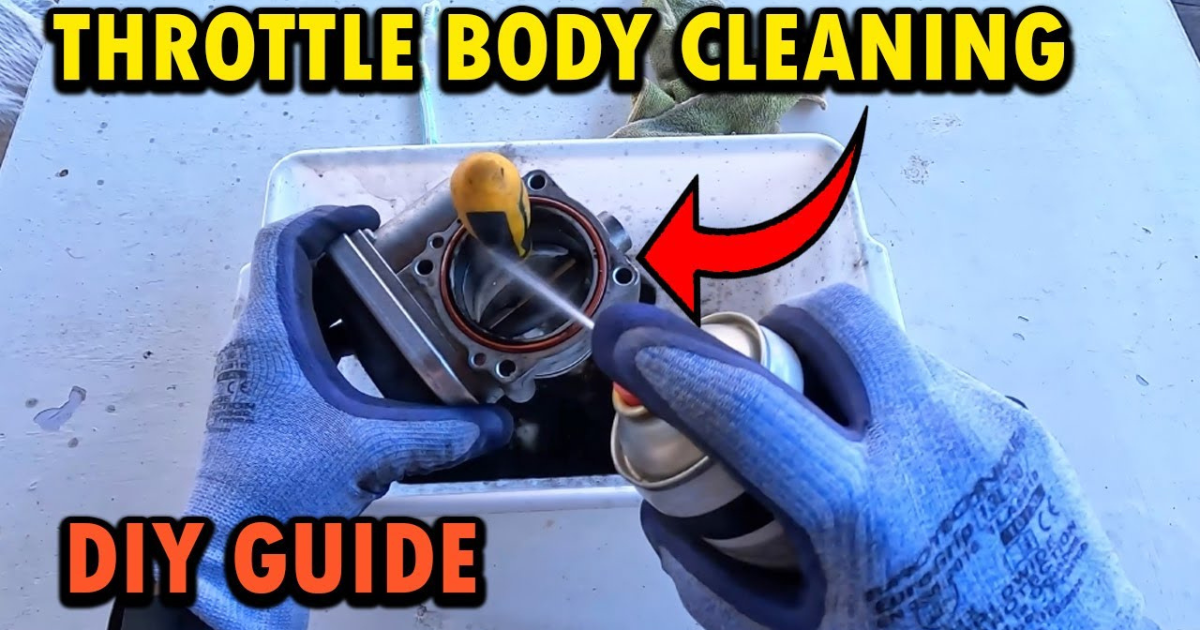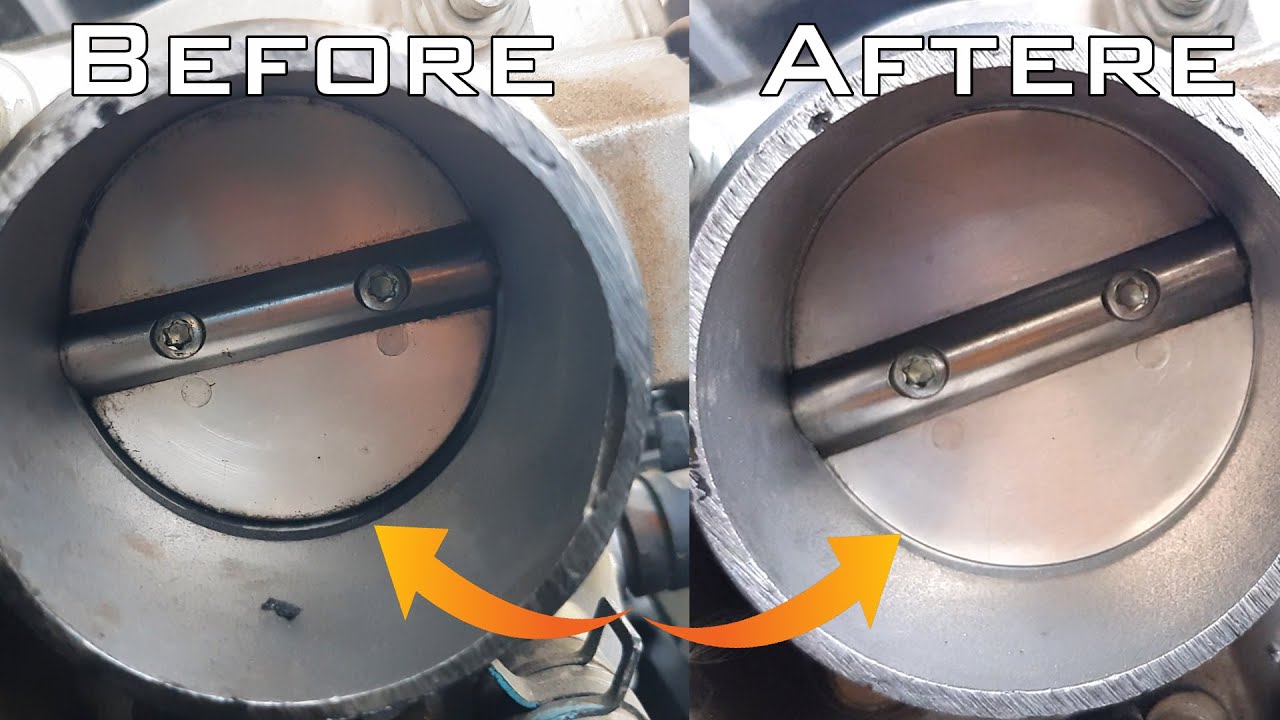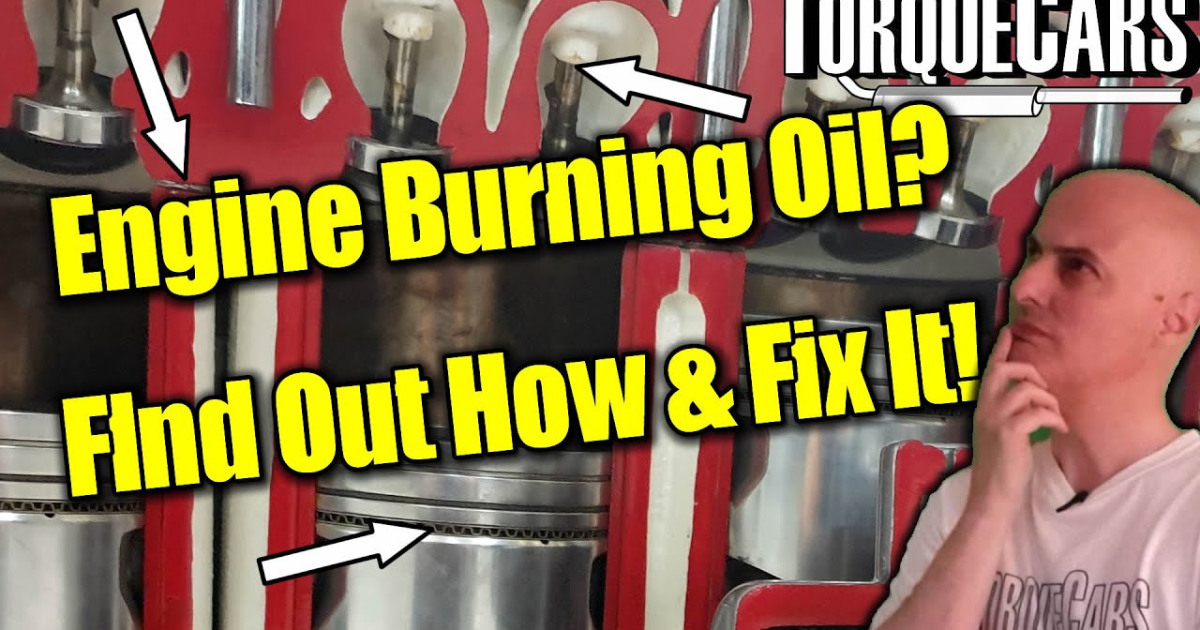Oil in the throttle body is a common issue that can affect the performance of your vehicle. It can cause various symptoms, including rough idling, uneven or slow acceleration, smoky exhaust, misfires, illumination of the check engine light, and increased fuel consumption. This article will explain the causes of oil in the throttle body and how to fix them.
What is the Throttle Body?
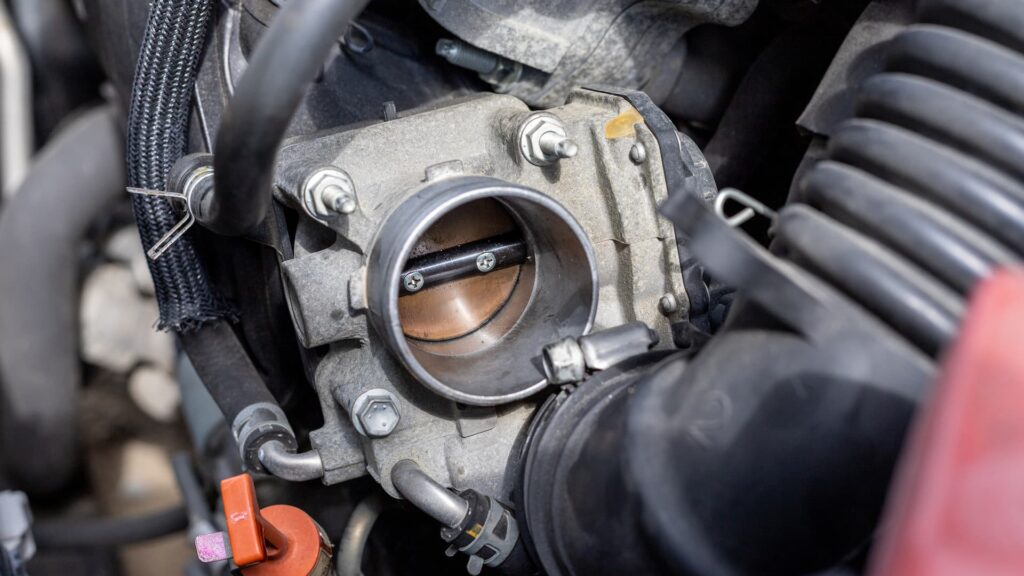
The throttle body is an essential component of your car’s air intake system. It regulates the amount of air that flows into the engine. The throttle body works in conjunction with the throttle plate, which opens and closes to control the airflow. When you press the accelerator pedal, the throttle plate opens, allowing more air to flow into the engine. This increases the engine’s power output.
Causes of Oil in the Throttle Body
Several factors can cause oil to enter the throttle body. Some of the most common causes include:
- Excessive Crankcase Pressure: The piston rings and valves act as seals to prevent combustion gases from entering the crankcase. However, if these components are faulty, they can allow too many blowby gases to enter the crankcase. When the crankcase becomes pressurized, it can force engine oil onto the breather and into the throttle body.
- Failing Positive Crankcase Ventilation (PCV) Valve: The PCV valve helps to divert blow-by gases away from the crankcase. However, when this valve fails, it can allow too much blow-by gas to enter the crankcase, causing excessive pressure. This pressure can force engine oil through the system piping and into the air intake tube.
- PCV System Failure: The PCV system comprises different piping that helps divert blow-by gases from the engine. If any of these pipings becomes clogged or closed, the system may become pressurized, forcing oil into the air intake chamber.
- Aging Engine: Over time, the seals and rings in an engine can become weakened, allowing excess blow-by gases to pass through them. This can force oil into the intake manifold and throttle body.
- Using the Wrong Piston Rings: Piston rings come in two types – cast iron and moly rings. Using the wrong type of ring for your engine can cause excess pressure on the crankcase, forcing oil into the throttle body.
- Ring Sealing Issues: If the rings are not properly sealed, it can cause excess pressure on the crankcase, forcing oil into the throttle body.
Fixes for Oil in the Throttle Body
To fix oil in the throttle body, you need to identify the root cause. Some possible solutions include:
- Replace Faulty PCV Valves: If the PCV valve is faulty, it needs to be replaced. This will help to reduce the pressure in the crankcase and prevent oil from entering the throttle body.
- Clean the PCV System: If the PCV system is clogged or blocked, it needs to be cleaned. This will help to reduce the pressure in the system and prevent oil from entering the air intake tube.
- Drain Excess Oil from the Crankcase: If the crankcase has too much oil, it can cause excessive pressure. Draining excess oil from the crankcase can help to reduce this pressure and prevent oil from entering the throttle body.
- Replace Worn-Out Rings and Valves: If the rings and valves are worn out, they need to be replaced. This will help to prevent excess blow-by gases from entering the crankcase and forcing oil into the throttle body.
- Fasten Ring Seals: If the rings are not properly sealed, it can cause excess pressure on the crankcase. Fastening the ring seals can help to prevent this.
- Use the Right Piston Rings: Using the right type of piston ring for your engine can help to prevent excess pressure on the crankcase and prevent oil from entering the throttle body.
- Clean the Throttle Body: After fixing the root cause, it is essential to clean the throttle body with a throttle body cleaner. This will help to remove any oil or contaminants that may still be present.
